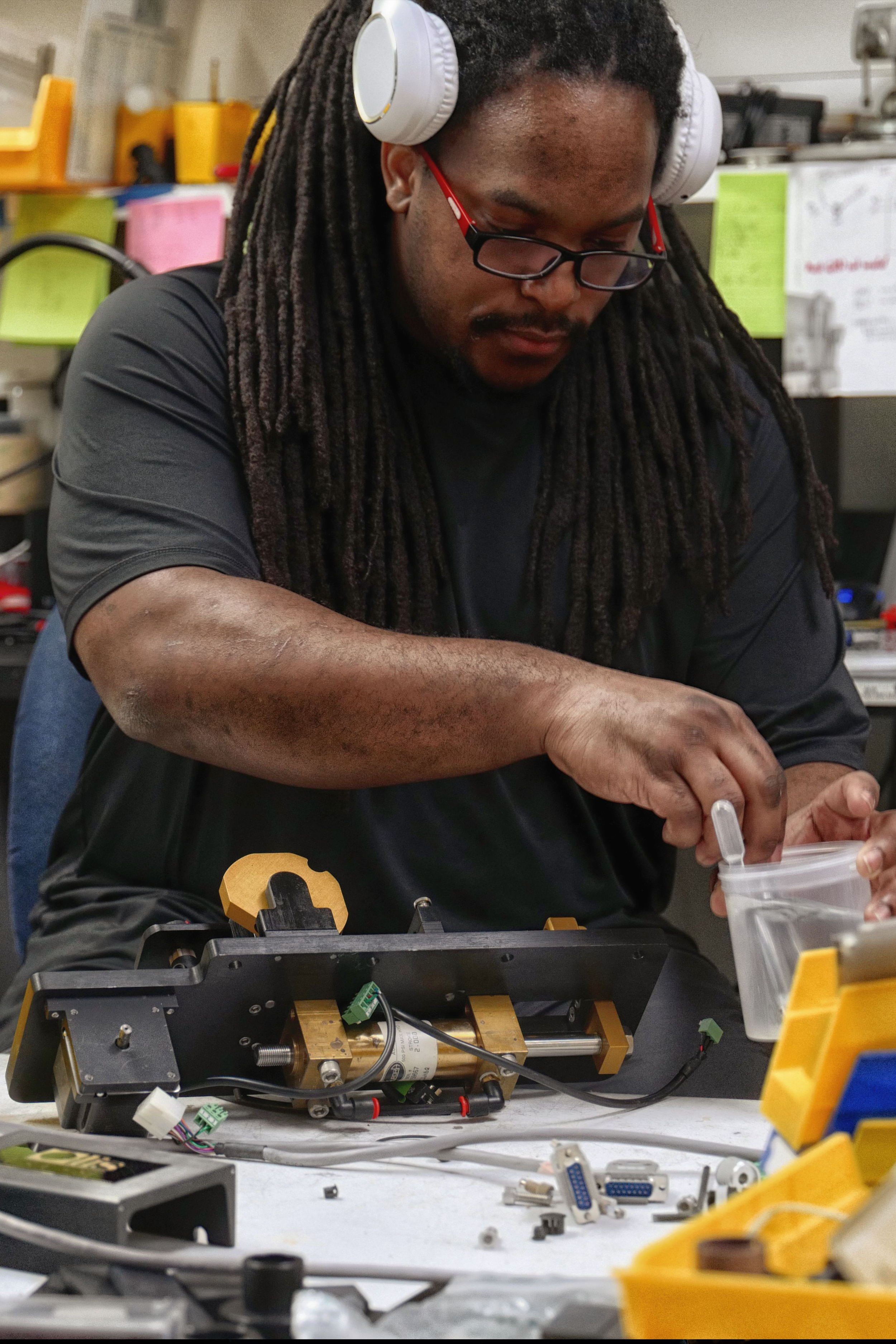Fascination About Circular Dichroism
Not known Facts About Circular Dichroism
Table of ContentsCircularly Polarized Luminescence Fundamentals ExplainedThings about SpectrophotometersAbout Uv/vis7 Simple Techniques For Circular DichroismThe 25-Second Trick For Uv/vis

Spectrophotometry is a tool that hinges on the quantitative analysis of molecules depending on how much light is absorbed by colored substances.
How Circular Dichroism can Save You Time, Stress, and Money.
A spectrophotometer is frequently used for the measurement of transmittance or reflectance of options, transparent or nontransparent solids, such as polished glass, or gases. Many biochemicals are colored, as in, they absorb noticeable light and therefore can be measured by colorimetric treatments, even colorless biochemicals can often be converted to colored substances ideal for chromogenic color-forming responses to yield compounds suitable for colorimetric analysis.: 65 However, they can also be created to determine the diffusivity on any of the listed light varieties that generally cover around 2002500 nm utilizing different controls and calibrations.
An example of an experiment in which spectrophotometry is used is the decision of the stability constant of a service. A specific chain reaction within a service might occur in a forward and reverse direction, where reactants form products and items break down into reactants. Eventually, this chemical reaction will reach a point of balance called an equilibrium point.
Some Ideas on Uv/vis/nir You Should Know
The amount of light that goes through the option is indicative of the concentration of particular chemicals that do not enable light to travel through. The absorption of light is due to the interaction of light with the electronic and vibrational modes of particles. Each kind of particle has a private set of energy levels related to the makeup of its chemical bonds and nuclei and therefore will take in light of specific wavelengths, or energies, leading to special spectral properties.
They are extensively used in numerous markets including semiconductors, laser and optical production, printing and forensic evaluation, as well as pop over to this site in laboratories for the research study of chemical substances. Spectrophotometry is frequently used in measurements of enzyme activities, determinations of protein concentrations, determinations of enzymatic kinetic constants, and measurements of ligand binding reactions.: 65 Ultimately, a spectrophotometer is able to identify, depending on the control or calibration, what substances are present in a target and precisely how much through estimations of observed wavelengths.
This would come as an option to the previously developed spectrophotometers which were not able to take in the ultraviolet correctly.
The Single Strategy To Use For Uv/vis/nir
It would be found that this did not provide satisfactory outcomes, therefore in Model B, there was a shift from a glass to a quartz prism which permitted for much better absorbance outcomes - circular dichroism (https://www.bitchute.com/channel/ZeGQl0AaiFBC/). From there, Design C was born with a modification to the wavelength resolution which ended up having three systems of it produced
It irradiates the sample with polychromatic light which the sample soaks up depending upon its homes. Then it is transmitted back by grating the photodiode variety which spots the wavelength region of the spectrum. Given that then, the development and application of spectrophotometry devices has increased tremendously and has ended up being one of the most innovative instruments of our time.

Examine This Report on Spectrophotometers
The grating can either be movable or fixed.
In such systems, the grating is fixed and the strength of each wavelength of light is measured by a various detector in the variety. When making transmission measurements, the spectrophotometer quantitatively compares the portion of light that passes through a referral service and a test option, then electronically compares the intensities of the two signals and computes the portion of transmission of the sample compared to the referral requirement.
